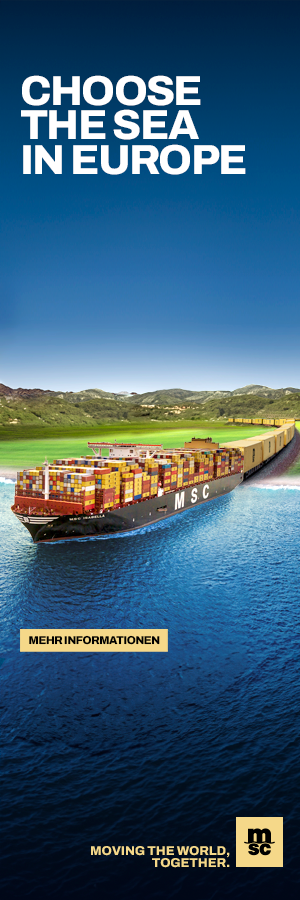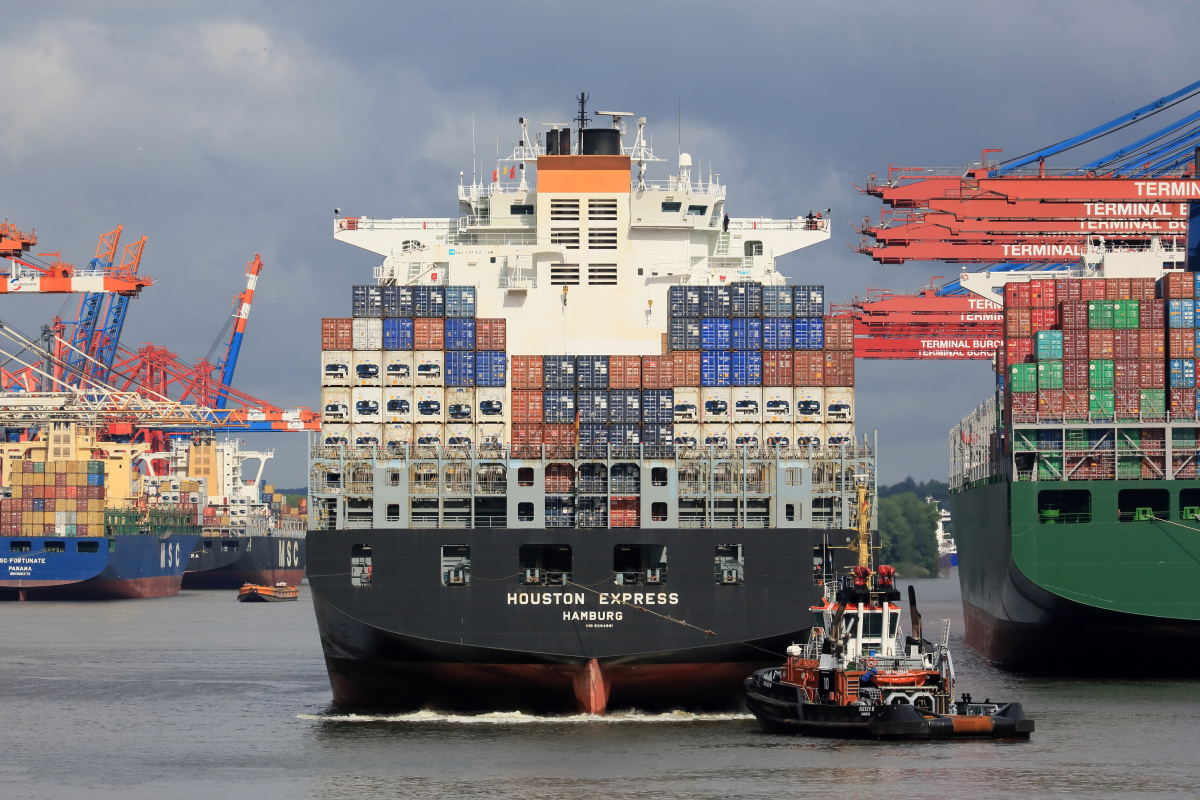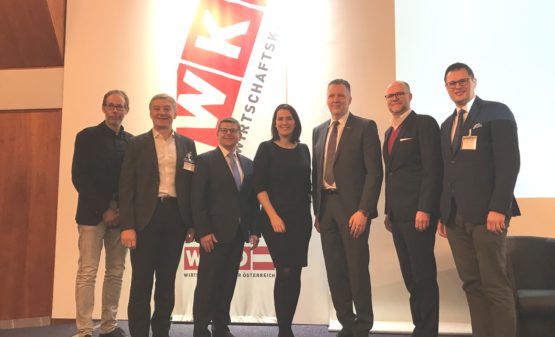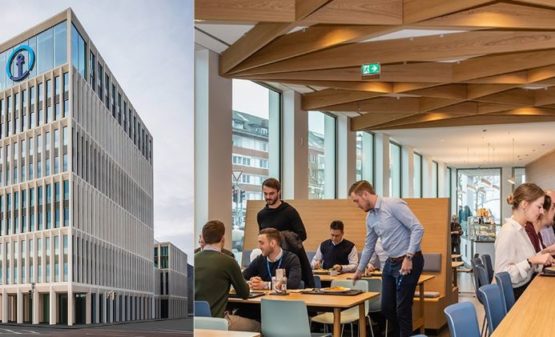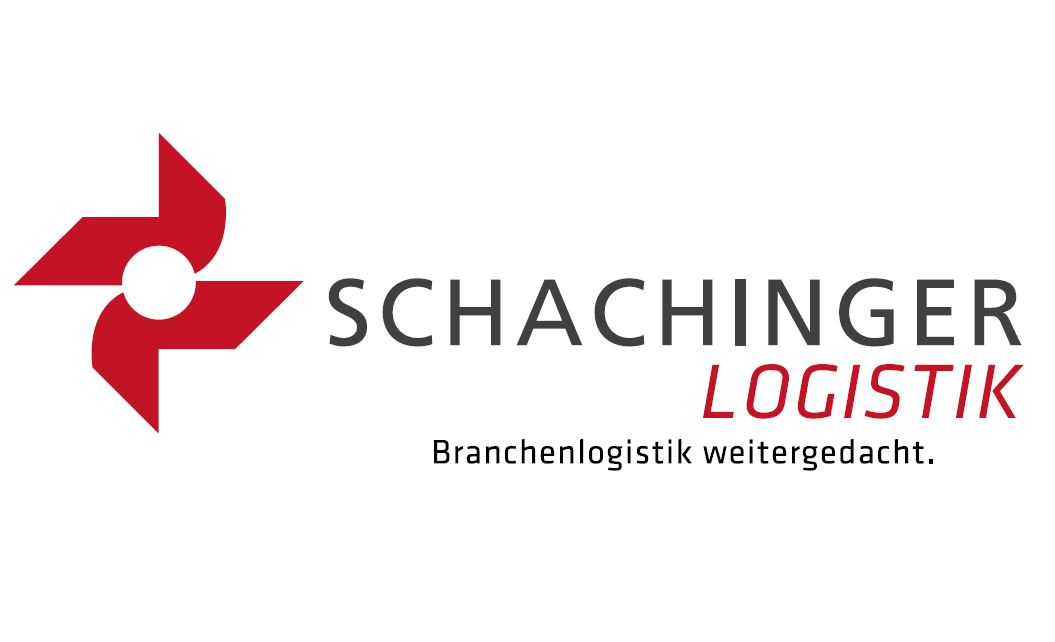What began in 2006 as a joint pilot project for a green supply chain from Sweden to China has evolved a decade later into a sustainable strategic partnership for protecting the environment on the world’s oceans. The transport and logistics provider DB Schenker and the liner shipping company Hapag-Lloyd are now looking back on 10 years of intensive cooperation to reduce CO2 emissions. They prevented 130,000 tonnes of carbon dioxide from being released into the air in this period.
“As a provider of logistics services, we have a special responsibility when planning and carrying out our high-emission transports. Ocean freight accounts for 22 percent of the direct and indirect carbon emissions at DB Schenker. We have consequently always attached great importance to investing in environmental protection together with the shipping companies in order to achieve our climate protection targets,” says Andrea Dorothea Schön, who is responsible for climate protection and CO2 controlling at DB Schenker. Thanks to self-imposed obligations, it will be possible to reduce the emission of harmful gases for each container carried for DB Schenker by up to 23 percent compared to 2014 per TEU by the year 2020.
The partners first stipulated climate protection targets as a contractual obligation in 2015. The Hamburg shipping company undertook to save approximately a further 20,000 tons of carbon dioxide emissions from the containers transported for DB Schenker by 2020.
“We can achieve these targets by sailing at speeds which reduce fuel consumption. Apart from optimized hulls, our vessels have also efficient propulsion systems and state-of-the-art engines,” says Erika Sagert, who is responsible for environmental protection and sustainability at Hapag-Lloyd. Proactive, weather-dependent navigation and route optimization play a key role in minimizing fuel consumption during the voyage.
A further milestone in the cooperation between the two companies was the rollout of the EcoTransIT World emissions calculator. In 2010, in collaboration with further partners, Hapag-Lloyd and DB Schenker developed a tool for the transparent and exact calculation of the environmental impact of transport chains on worldwide routes. The tool is meanwhile a generally accepted standard for the reliable calculation of energy consumption and the emission of CO2 and other harmful gases for any given freight transport.
“Leading shipping companies such as Hapag-Lloyd have played a major role in improving our carbon footprint, not least thanks to the transparent reporting of emission reductions,” continues Andrea Dorothea Schön. DB Schenker has agreed on these climate protection targets with another six globally operating shipping companies.
DB Schenker ranks in 3rd place in the world ocean freight market. In 2015, DB Schenker carried more than 5.400 containers a day for its customers, with a total volume of almost 2 million TEU. The company’s ocean freight network covers 130 countries with roughly 600 DB Schenker locations throughout the world.

